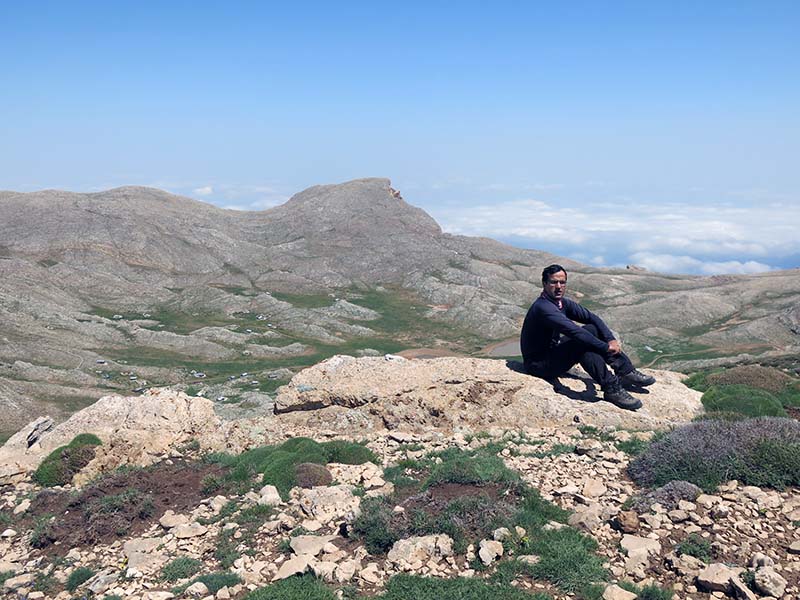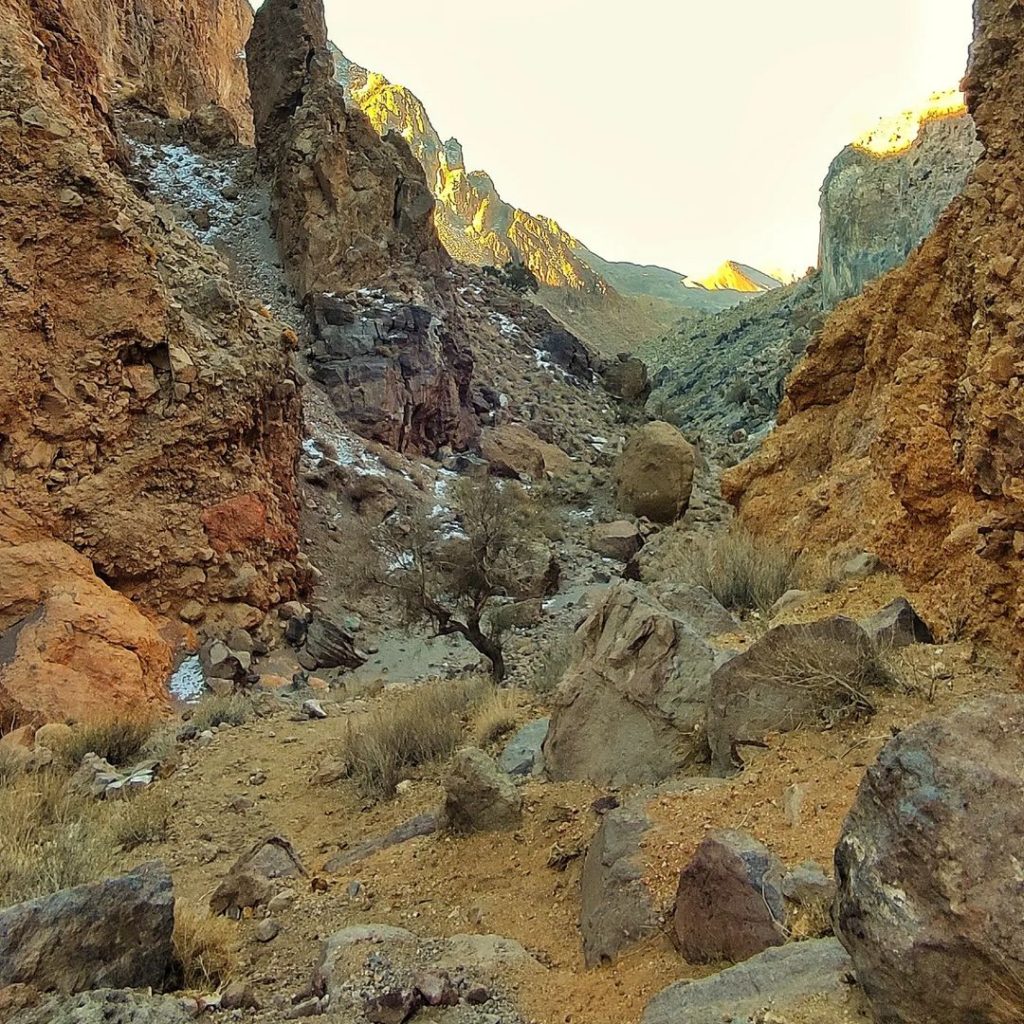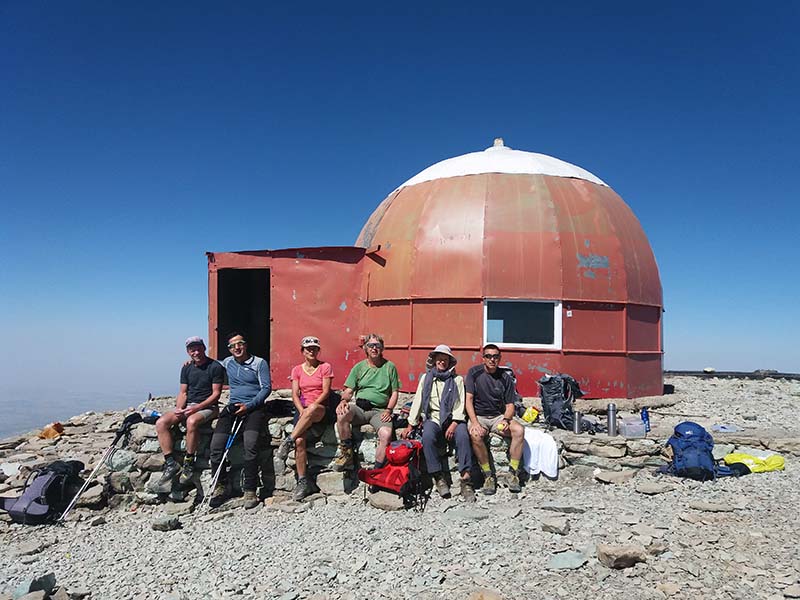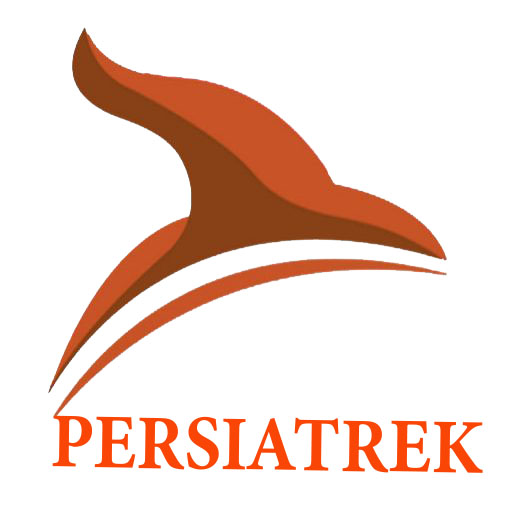by PersiaTrek | 28 Feb 2022 | Articles, Mountaineering
Dorfak
Overview
Dorfak Peak is undoubtedly one of the most beautiful mountains in Iran and one of the tourist destinations of Gilan province. This mountain is actually a dormant volcano.This peak is located twenty-seven kilometers northeast of Rudbar city at an altitude of 2733 meters and continues to the valley of three thousand Tonekabon.

top of Dorfak
(more…)
by PersiaTrek | 22 Feb 2022 | Articles, Mountaineering, دستهبندی نشده
Taftan -3941m
Overview
Taftan and heights around it, are known as heights of Khash area located at Iran’s Sistan and Beluchistan province. The province of Sistan and Baluchistan is located in the south-eastern part of the Iran and has an area of 181, 578 sq.km. Though it is the third largest province of the country, it is sparsely populated.

Taftan route
(more…)
by PersiaTrek | 19 Feb 2022 | Articles, Mountaineering, touchal
Tochal mountain
Alborz Mountains Overview
The Alborz Mountains form a dense, long and narrow chain that runs through northern Iran separating the Caspian Sea from the central plateau of Iran. The higher peaks of the Alborz exceed heights of 14 to 15 thousand feet with the 15912 ft (4850 m) summit of Mt. Alam (Alam kooh) as the range’s second highest peak. The dormant volcanic cone of Mt. Damavand soars far above the rest of the mountains to an elevation of 18606 ft (5671 m) forming the country’s highest peak. The proximity of the mountains to the Caspian Sea has created a steamy lush environment on the coastal plain and the northernmost slopes. The rest of the mountains, however, are mostly bare, limiting trees to the banks of the streams at the bottom of the valleys. Grasslands, alpine tundra and permanent snow cover the higher elevations. Winter brings a heavy coat of powdery snow several feet deep creating an ideal environment for skiing.

Tochal summit
(more…)
by PersiaTrek | 19 Feb 2022 | Articles, Mountaineering, sabalan
Mount Sabalan ( 4811m)
Overview
Sabalan (4811 m.) [Sabalân/Sāvālān] is an inactive volcano in NorthWest of Iran. It rises in starting zone of Alborz mountains as the 3rd highest summit of Iran.

mount Sabalan lake
(more…)
by PersiaTrek | 18 Feb 2022 | Articles, Mountaineering, دستهبندی نشده
Zard kooh – e – Bakhtiary
Introduction
Before talking about Zard kooh lets see where it is located at, in a major scope.
Iran has two main large mountain ranges Alborz and Zagros, Alborz includes the most higher peaks of the land and stands as a east-west strip at north, but Zagros mountains have a different profile and shape, a much more vast north-west to south-east mountain range that covers the whole west part of the country, any way as you can even see in the SP Alborz mountains are the most known and introduced. That’s probably because Alborz range is near the capital Tehran and under the Caspian shore, where more people, climbers and tourists travel.
The Zagros mountains are the major mountain system of western Iran. They consist of high parallel ranges with sheer rugged peaks, separated by steep canyons and gorges. Several summits rise to over 14,000 feet, the highest being Dena(sub-range)->Ghash-e-Mastan peak (14,920 ft./ 4548m) *.
Heavy snow falls in Winter and remains on the higher summits for much of the year. One of the most spectacular areas of the Zagros is the area surrounding the headstreams of the Karun River and its tributaries. Here, the rivers tumble through rocky gorges, sheer mountain walls towering above them. Also of interest, in the center of the range, are the numerous salt domes, some rising up to 5,000 feet.
(more…)




